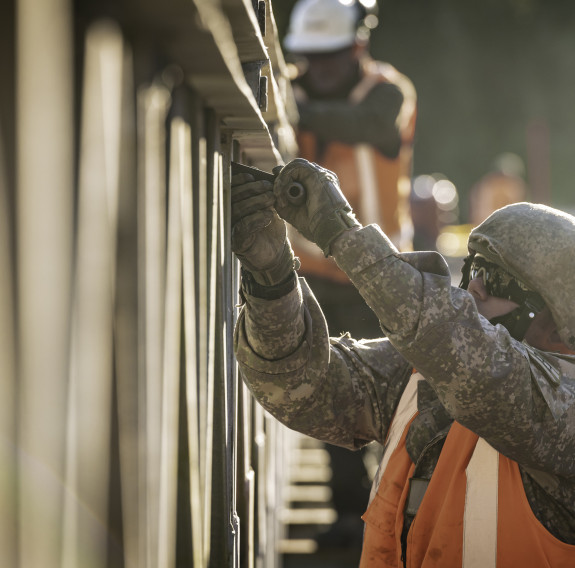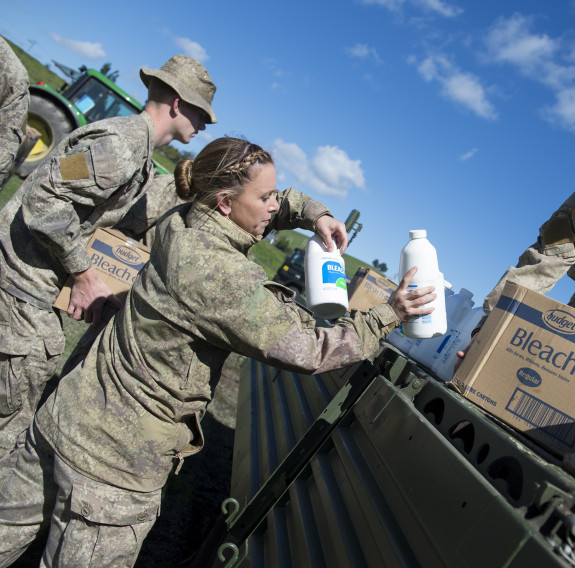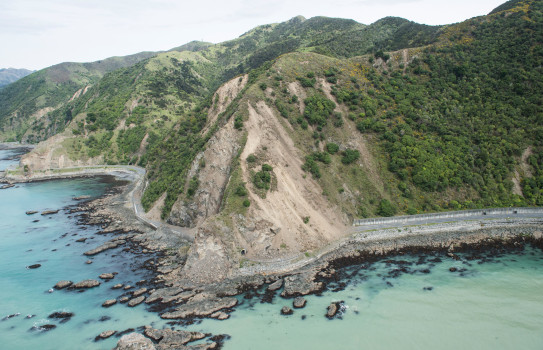Mahi whakaora
Humanitarian assistance & disaster relief
When disaster strikes, putting life, health and property at risk, people’s lives are quickly turned upside-down. Communities, regions, or even whole countries can need help as quickly as possible.
Our Army is uniquely capable of responding quickly to unfolding events. We train to operate in tough conditions and a variety of environments. We are disciplined, well-coordinated and have personnel trained to operate in difficult situations, that can quickly deploy to a disaster site. The Army maintains experts who can assess the scale of the disaster situation and determine what to do with the people and equipment we have available.


